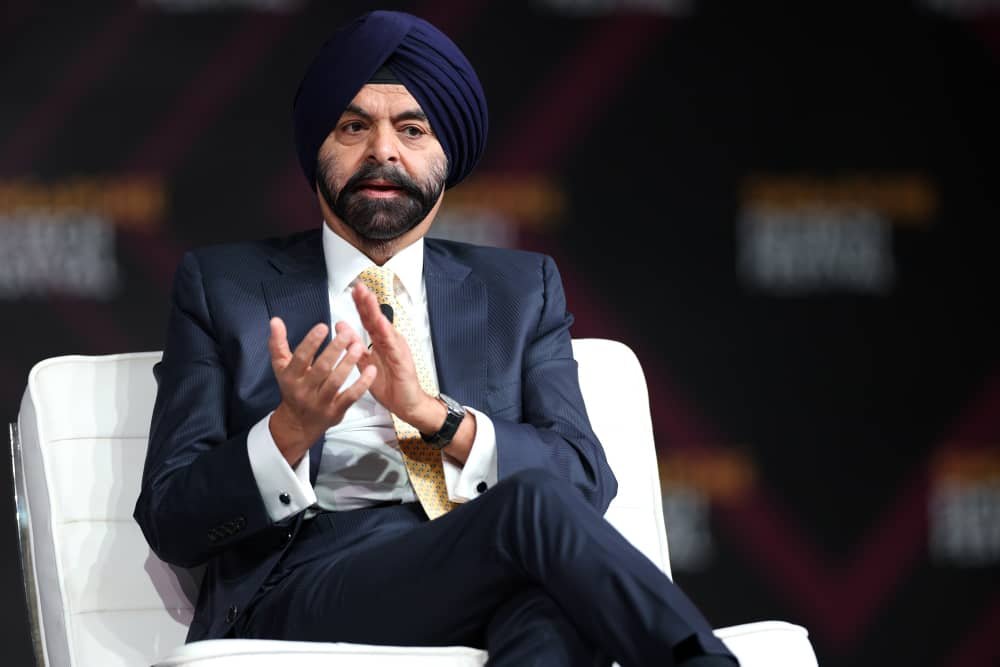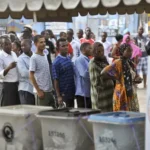The two-day International Energy Summit, currently underway in Dar Es Salaam, is focused on achieving a major milestone in Africa’s energy future.
World Bank President, Ajay Banga, explained that the goal of the gathering is to bring together months of efforts from 12 countries that have already made significant agreements on energy projects.
The summit is now an opportunity to discuss what more needs to be done to ensure that 300 million people across Africa will have access to electricity by 2030.
Banga emphasized the importance of cooperation between governments, businesses, and other key players to reach the shared goal of energy access.
He stressed that this is about more than just building infrastructure – it’s about improving the lives of millions who still do not have reliable electricity.
“We are working toward a future where every person in Africa can access affordable, reliable, and clean energy. This summit is an important step in making that vision a reality,” Banga said.
Also Read: African Development Bank Pushes Energy Reforms
The World Bank President also touched on the need for tailored strategies that fit Africa’s unique needs. For Africa’s energy future to be sustainable, he argued, nations must invest in renewable energy sources, like solar and wind power, and reduce their reliance on fossil fuels.
Dr. Akinwumi Adesina, the President of the African Development Bank (AfDB), also participated in the event, offering praise for Tanzania’s energy strategy.
He specifically highlighted President Samia Suluhu Hassan’s efforts in leading the country’s clean cooking energy initiatives.
“President Samia’s clean cooking energy strategy is a breakthrough. It’s not only about expanding energy access but also ensuring it’s safe, clean, and affordable for all people,” Dr. Adesina stated.
The summit has been a gathering of experts, government leaders, and energy sector stakeholders who share a commitment to making Africa’s energy future brighter and more inclusive. The outcomes of the discussions are expected to help guide future investments in energy infrastructure, with the ultimate goal of providing electricity to millions by 2030.



